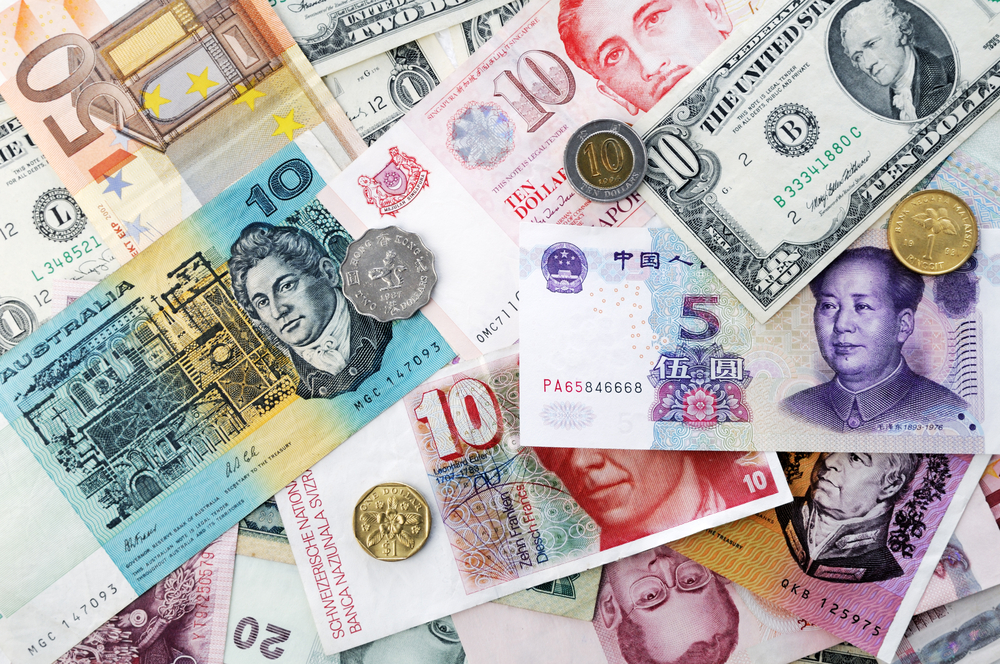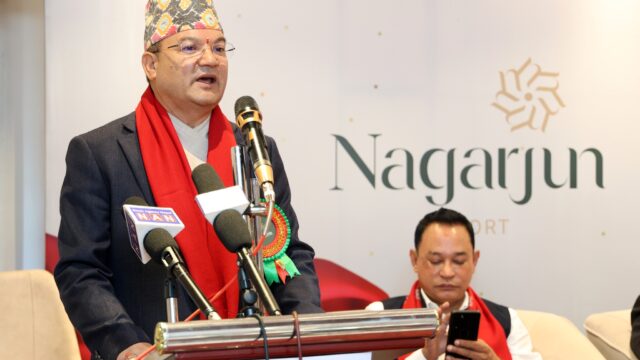The Nepal Rastra Bank (NRB), the country’s central monetary authority, has published the official foreign exchange rates for today, reflecting the latest global currency trends against the Nepalese rupee (NPR). These rates are crucial for importers, exporters, travelers, remittance senders, and financial institutions that rely on accurate and timely currency conversions.
Nepal Rastra Bank’s Exchange Rate
According to the NRB, the exchange rate for the U.S. dollar stands at NPR 136.05 for buying and NPR 136.65 for selling. The American dollar continues to maintain its dominant position as one of the most transacted foreign currencies in Nepal, primarily due to its use in international trade, remittances, and tourism services.
Among the major global currencies, the Euro (EUR), the currency of the European Union, is being exchanged at NPR 154.62 for buying and NPR 155.30 for selling. Similarly, the British Pound Sterling (GBP) is posted at NPR 184.18 for buying and NPR 184.99 for selling, showing its high value in the currency market, especially due to its historical stability and trade volume with Nepal.
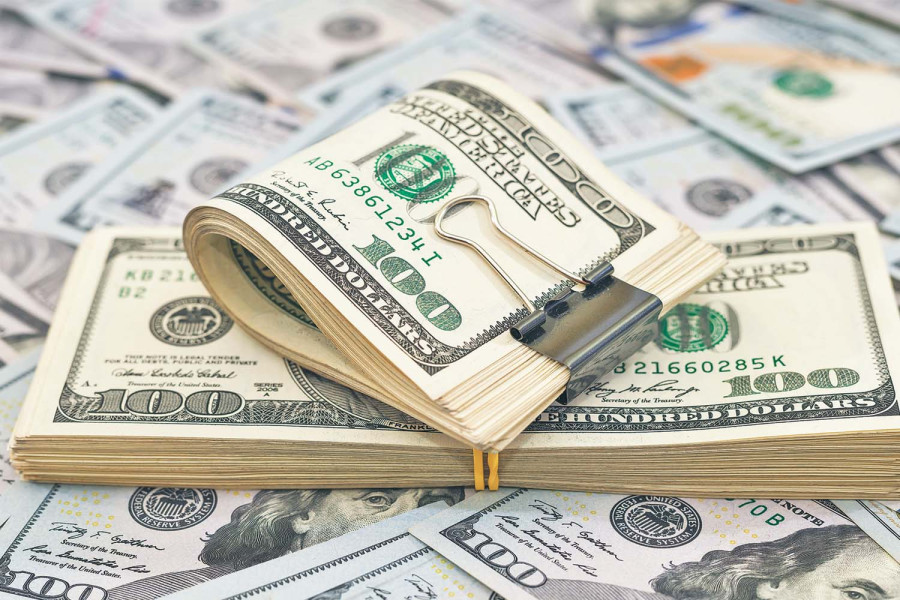
The Swiss Franc (CHF), known for its global financial trust, is being traded at NPR 165.64 for buying and NPR 166.37 for selling. Likewise, the Australian Dollar (AUD) is set at NPR 88.36 for buying and NPR 88.75 for selling, while the Canadian Dollar (CAD) is priced at NPR 99.02 for buying and NPR 99.46 for selling. These currencies reflect active transactions due to educational migration and tourism-related exchanges.
The Singapore Dollar (SGD) has been fixed at NPR 105.93 for buying and NPR 106.40 for selling, while Japanese Yen (JPY), measured per 10 units, is listed at NPR 9.54 for buying and NPR 9.59 for selling. These figures highlight Asia’s strong financial interactions with Nepal, particularly in areas such as trade, technology, and overseas employment.
As China’s economic influence continues to grow in the region, the Chinese Yuan (CNY) stands at NPR 18.95 for buying and NPR 19.03 for selling, reflecting its increasing role in trade and investment. Meanwhile, in the Middle East, a major destination for Nepali migrant workers, the Saudi Riyal (SAR) is trading at NPR 36.27 for buying and NPR 36.43 for selling, and the Qatari Riyal (QAR) is valued at NPR 37.33 for buying and NPR 37.49 for selling.
For other regional currencies, the Thai Baht (THB) has been fixed at NPR 4.19 for buying and NPR 4.20 for selling, while the UAE Dirham (AED) is posted at NPR 37.04 for buying and NPR 37.20 for selling. These currencies are vital for tourism and remittance purposes, given the strong connection between Nepal and these nations through labor migration.
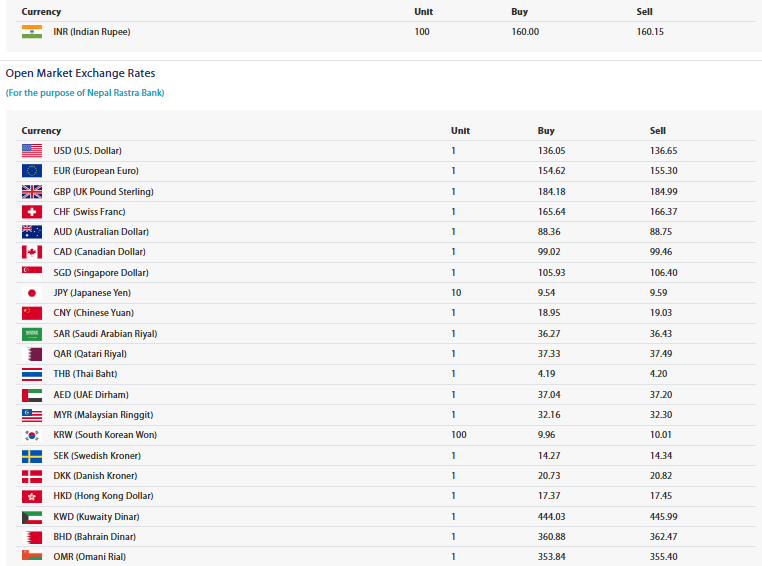
The Malaysian Ringgit (MYR) is currently being exchanged at NPR 32.16 for buying and NPR 32.30 for selling, and the South Korean Won (KRW), measured per 100 units, is listed at NPR 9.96 for buying and NPR 10.01 for selling. These figures emphasize the role of South and Southeast Asia in Nepal’s labor and trade sectors.
Among European currencies, the Swedish Krona (SEK) is traded at NPR 14.27 for buying and NPR 14.34 for selling, and the Danish Krone (DKK) at NPR 20.73 for buying and NPR 20.82 for selling, reflecting Nepal’s growing ties with Nordic countries, especially in development aid and education.
From East Asia, the Hong Kong Dollar (HKD) is valued at NPR 17.37 for buying and NPR 17.45 for selling, while in the Gulf region, the Kuwaiti Dinar (KWD), one of the world’s highest-valued currencies, is listed at NPR 444.03 for buying and NPR 445.99 for selling. Similarly, the Bahraini Dinar (BHD) stands at NPR 360.88 for buying and NPR 362.47 for selling, and the Omani Riyal (OMR) at NPR 353.84 for buying and NPR 355.40 for selling. These high-value currencies are frequently used by the Nepali diaspora employed in Gulf countries.
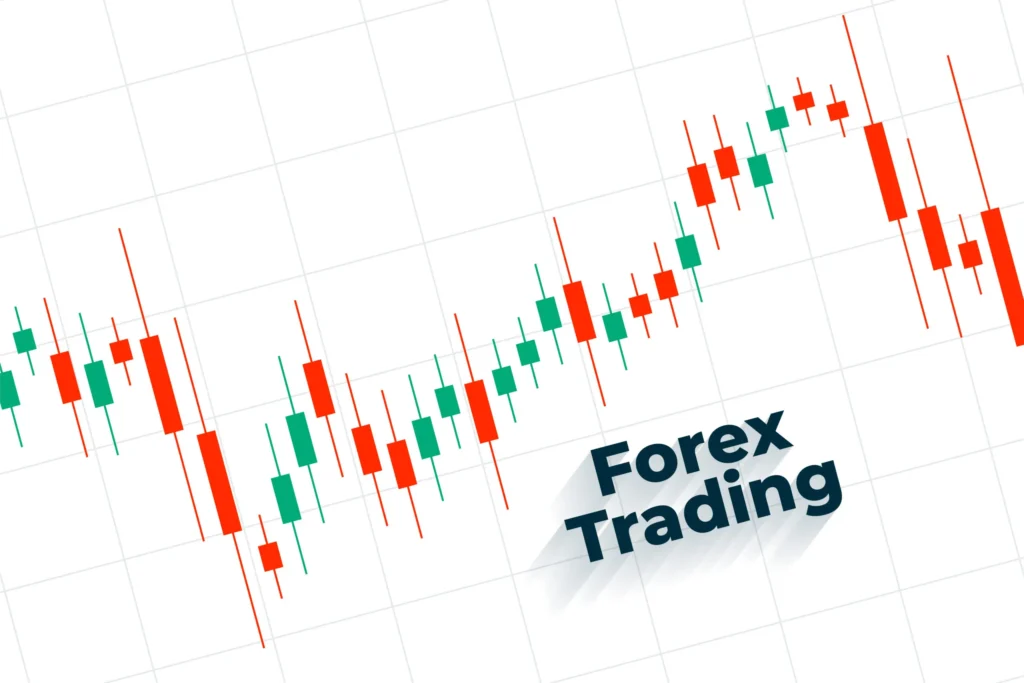
Meanwhile, the exchange rate for the Indian Rupee (INR), the currency of Nepal’s largest trading partner and neighbor, is fixed at NPR 160.00 for buying and NPR 160.15 for selling per INR 100. The fixed nature of the Nepal-India exchange rate plays a significant role in maintaining bilateral trade stability.
The Nepal Rastra Bank has clarified that these rates are subject to change as per market fluctuations and may be updated throughout the day. It has also stated that commercial banks may set their exchange rates, which can slightly vary from the official figures. For real-time and updated rates, users are encouraged to refer to the official NRB website.
These daily exchange rates serve not only as a reference for travelers and businesses but also as key indicators for understanding Nepal’s macroeconomic conditions and the strength of the Nepali currency in international markets.
